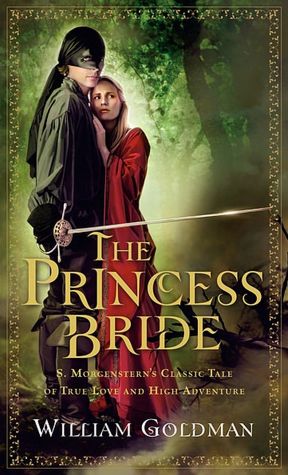 |
| Image courtesy of www.booksamillion.com |
Agatha Christie
1934
The Summary
Hercule Poirot, a mild-mannered Belgian man who moonlights as a detective, has solved yet another mystery and boarded the Orient Express. With every intention of returning home for a well-deserved rest, Poirot settles into his cabin for a peaceful train ride.
But not all is safe and secure aboard the Orient Express. During the night, the train stalls in a snow drift - and one of the passengers is discovered dead, mysteriously murdered in his locked compartment.
And time is running out, because, as Poirot has realized, the murderer is still among them.
The Good
As usual, Agatha Christie provides an incredible amount of detail in her novel. She painstakingly chronicles Poirot's investigation and details every clue, every suspicious gesture, every bit of evidence her delightfully eccentric detective uncovers. The reader has intimate insight into everything happening aboard the Orient Express, save Poirot's own private thoughts, of course.
More importantly, however, Christie lives up to her nickname as "the Queen of Mystery." She crafts an incredible mystery and takes time to shape each twist in the plot with the greatest delicacy and care. She will leave you guessing every step of the way - and she will thrill you with the great reveal.
Believe me, by the end of her story, your jaw will be on the floor.
The Bad
By the same token, the intricacy of Christie's novel results in a very slow plot development. While you will love Poirot for his deliberate, methodical investigation, all the evidence he collects has no explanation. You'll be left wondering how a pipe cleaner and a handkerchief fit into the equation - and Poirot certainly isn't telling.
He won't show his hand, until the very end.
So buckle up, because it's going to be a long ride.
The Ugly
Murder is always an unsavory business; however, Murder on the Orient Express will leave you wondering who exactly is the murderer, and who is the real victim?


